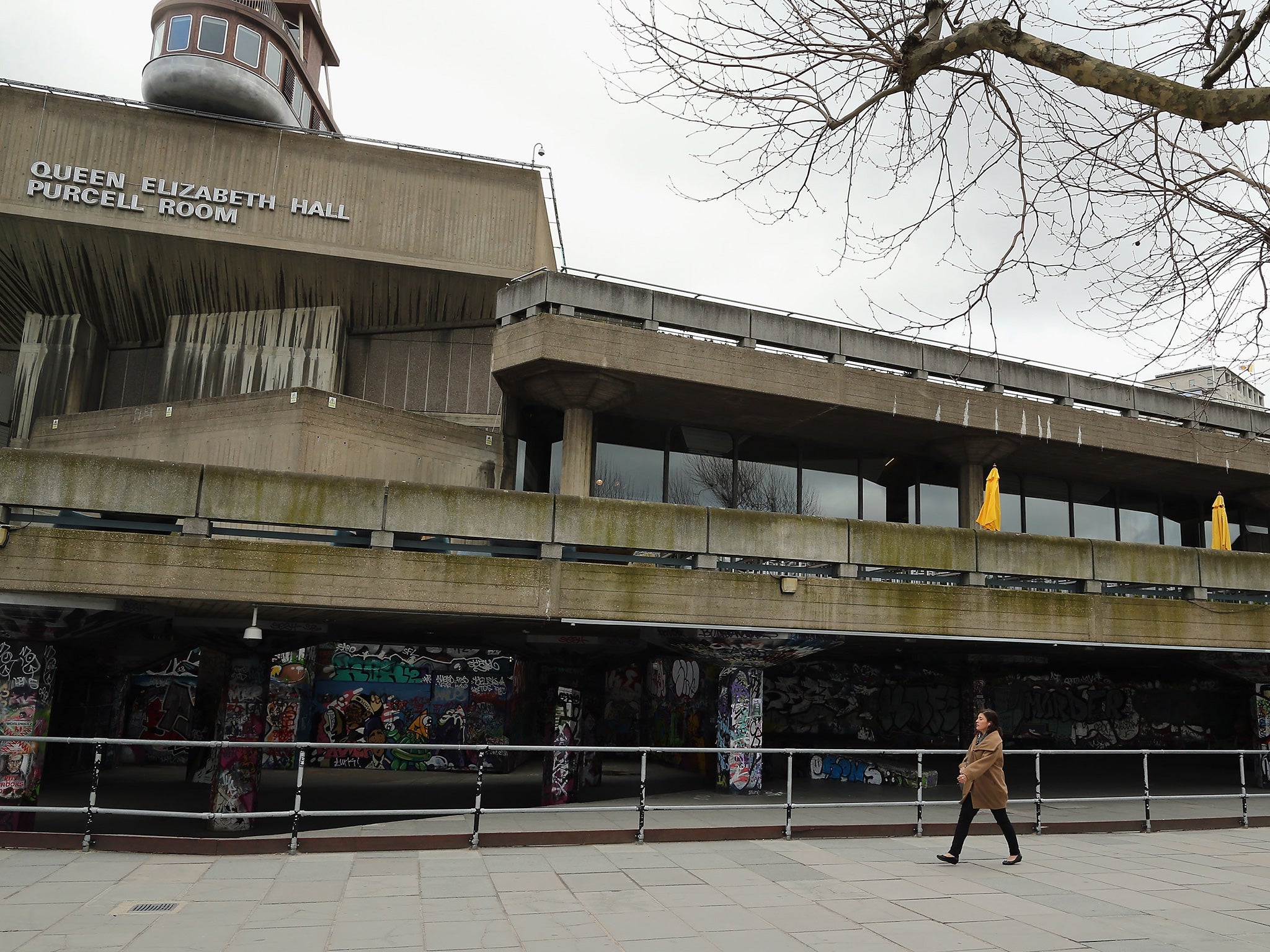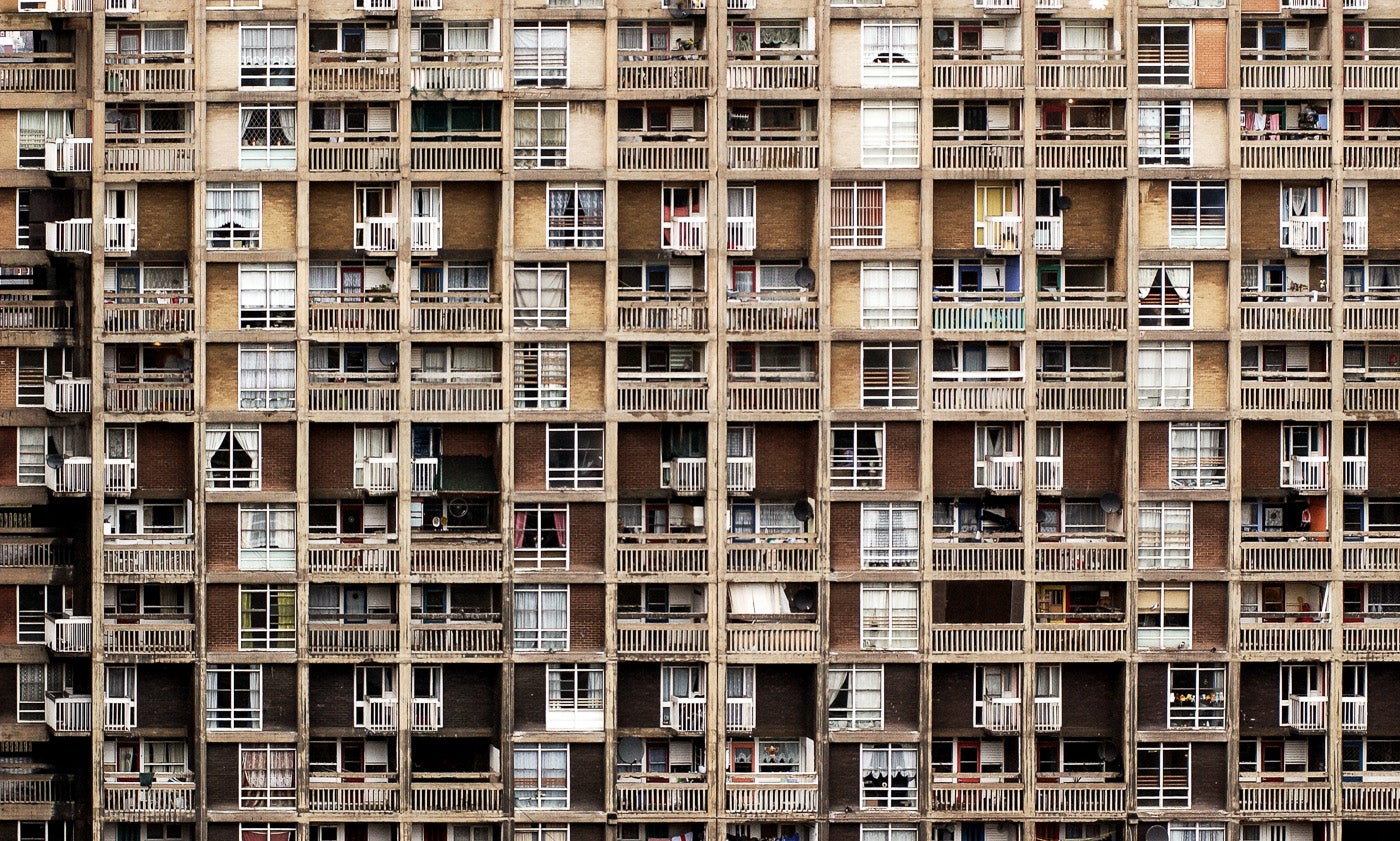Brutal Utopias: National Trust launch project celebrating Brutalist post-war architecture
The Trust argues Brutalist architecture altered British landscape as much as the country's palaces - and deserves to be celebrated

Your support helps us to tell the story
From reproductive rights to climate change to Big Tech, The Independent is on the ground when the story is developing. Whether it's investigating the financials of Elon Musk's pro-Trump PAC or producing our latest documentary, 'The A Word', which shines a light on the American women fighting for reproductive rights, we know how important it is to parse out the facts from the messaging.
At such a critical moment in US history, we need reporters on the ground. Your donation allows us to keep sending journalists to speak to both sides of the story.
The Independent is trusted by Americans across the entire political spectrum. And unlike many other quality news outlets, we choose not to lock Americans out of our reporting and analysis with paywalls. We believe quality journalism should be available to everyone, paid for by those who can afford it.
Your support makes all the difference.Consider the National Trust, and you might think of stately homes filled with tapestries and leather-bound books.
But the conservation charity isn’t just about grandeur. This month, the organisation is launching a project designed to celebrate the austere post-war architecture of Brutalism that could hardly be more removed from aristocratic mansions.
Rather than baroque facades and duck-filled lakes, it’s about cutting concrete edges and unremitting urban grey.
The National Trust explains that the kind of Brutalism seen at the University of East Anglia or the Park Hill estate in Sheffield has “altered the landscape” of Britain just as much as the country’s palaces, and so deserves to be celebrated.
“Country homes were built to showcase power,” said Joseph Watson, the London creative director of the National Trust. “People felt awe, probably overwhelmed when they saw them.

“But Brutalism is coming of age. Buildings from the period are being listed – they’re heroic and important in their own way. Brutalism is emblematic of a Utopian ideal. It signals a new power coming out of war-torn Britain and the birth of the Welfare State. Architecture moved from the church, to the wealthy aristocracy, and then to the people.”
For its “Brutal Utopias” venture, the charity has teamed up with the Southbank Centre to give the public rare access in the London arts complex to the Queen Elizabeth Hall, Purcell Room, and the Hayward Gallery – three of the most famous examples of Brutalism in the UK, all set for two-year’s of regeneration work. It is also leading a series of tours in London, Sheffield, and Norwich.
Mr Watson acknowleged that a lot of people still look upon the Park Hill estate, likened to “craggy cliffs with windows”, with disdain rather than admiration.
But he reminded those who are not fans of such structures: “It’s not so very long since a generation spoke of ‘Victorian monstrosities’ and systematically worked to erase that era in built form. We are now in danger of doing the same with Brutalism.”
Shan Maclennan, the deputy artistic director at Southbank Centre, said: “As we close the doors of the Queen Elizabeth Hall, Purcell Room and Hayward Gallery for a two-year refurbishment project, we pause for a moment to explore their architecture and revisit the radical intentions of their makers which are still modern even in 2015.”
Join our commenting forum
Join thought-provoking conversations, follow other Independent readers and see their replies
Comments